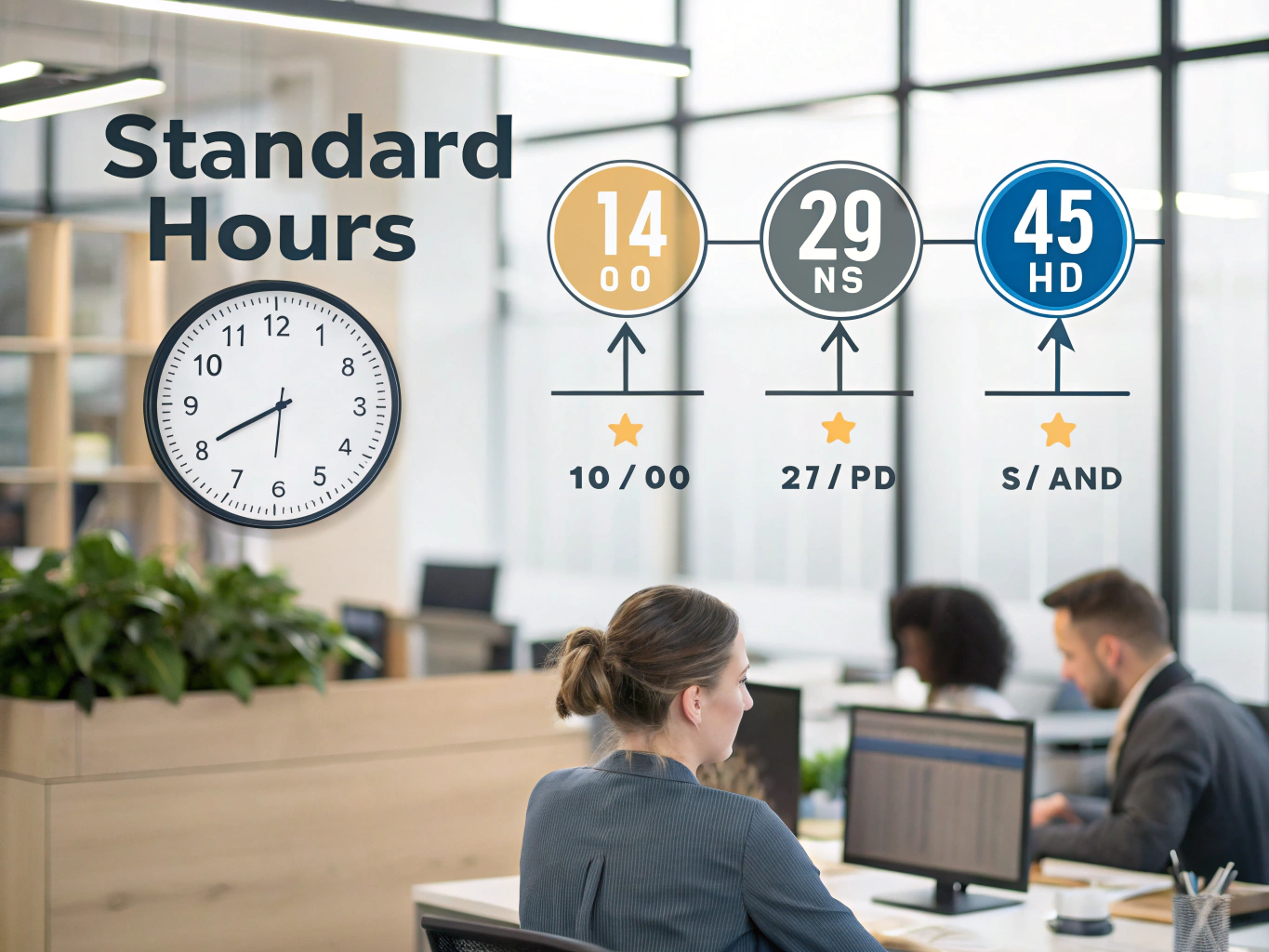Definition
Paid Time Off (PTO) is a versatile employee benefit that allows you to take paid leave from work for a variety of reasons, whether that’s for a well-deserved vacation, personal errands, or to recover from illness. It’s designed to support your work-life balance and overall well-being by giving you the flexibility to manage your time away from the office without the financial stress of unpaid leave.
Key Components
Understanding the ins and outs of Paid Time Off is crucial for both employers and employees. Here are some key components to consider:
- Types of PTO: PTO usually encompasses several forms, including vacation days, sick leave, and personal days. This means you can use your time off for travel, medical issues, or personal commitments without having to justify your absence.
- Accrual Methods: PTO can be accrued over time—think of it as filling up a tank of gas. Some companies allow you to earn PTO based on your hours worked, while others might grant a lump sum at the start of the year. Knowing how yours is structured can help you plan your time off better.
- Use-It-or-Lose-It vs. Rollover: Policies differ on whether unused PTO expires at the end of the year or if you can carry it over. If you’re in a use-it-or-lose-it situation, it might be wise to plan your time off strategically!
- Payout Policies: When you leave a job, some companies will pay you for any unused PTO, while others will not. Understanding this can impact your decision to stay at a company or explore new opportunities.
- Communication: Clear communication about PTO policies is essential. Make sure you and your team understand how much time off is available, how to request it, and what the approval process looks like.
Importance in the Workplace
PTO is more than just a policy; it’s a crucial part of fostering a healthy workplace culture. When employees feel they can take time off without guilt or financial worry, they’re generally happier and more productive. Imagine coming back from a week-long vacation completely recharged! On the flip side, when employees don’t use their PTO, they can face burnout, which can lead to disengagement and decreased productivity. By encouraging the use of PTO, you create a supportive environment that values employee well-being.
Best Practices
Implementing a successful PTO policy requires thoughtfulness and planning. Here are some best practices to consider:
- Communicate Clearly: Ensure that all employees understand the PTO policy, including how it accrues, how to request time off, and any limitations. Consider hosting informational sessions or providing written guides to clarify the process.
- Encourage Use: Promote a culture where taking time off is normalized. Perhaps send out reminders about accrued PTO balances or celebrate employees who take vacations. This can help reduce the stigma around taking time off.
- Be Flexible: Recognize that employees may have different needs when it comes to their time off. Implementing a flexible PTO policy can cater to these diverse needs, allowing employees to use their time as they see fit.
- Track and Analyze: Keep an eye on how PTO is being used within your organization. Are employees consistently leaving time on the table? If so, consider adjusting your policies or communication efforts to encourage better utilization.
- Review Regularly: Regularly revisit your PTO policies to ensure they still meet the needs of your workforce and align with industry standards. Being adaptable can help you stay competitive and retain top talent.
Legal Considerations
It’s important to be aware of any legal obligations concerning Paid Time Off. In many jurisdictions, laws dictate how PTO must be handled, including whether it can be accrued, how much can be carried over, and whether employees must be paid for unused time upon termination. Make sure your policies comply with local labor laws to avoid potential legal issues. Consulting with an HR professional or legal advisor can help you navigate these requirements effectively.
Conclusion
Understanding Paid Time Off is essential for both employees and employers. It’s a valuable tool for promoting a healthy work-life balance and ensuring that employees feel supported in their personal and professional lives. By being informed about the various aspects of PTO, you can make informed decisions that benefit everyone in the workplace. So, take that time off—you’ve earned it!




